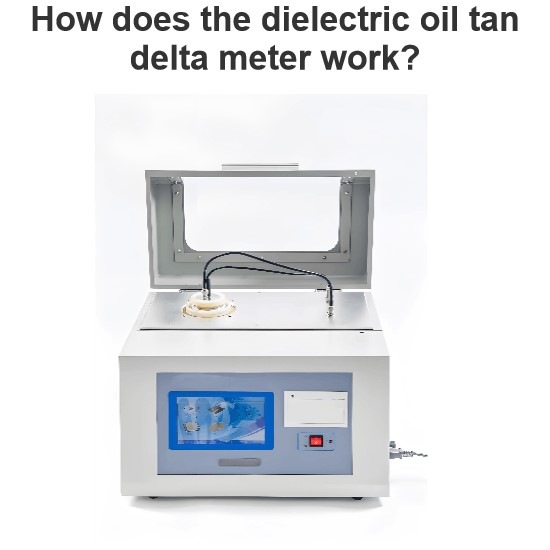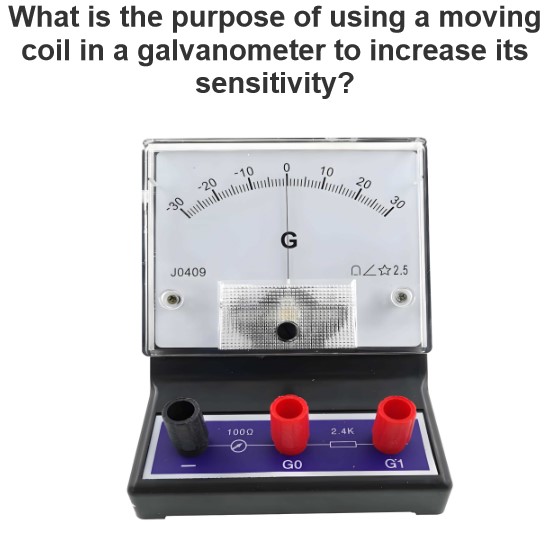How does a protective relay tester work?
Working Principle of Relay Protection Testers
A relay protection tester is a device used to test and calibrate relay protection devices. It simulates various fault conditions to verify whether the relay protection devices respond correctly, ensuring the safety and stable operation of power systems. Below is the working principle of a relay protection tester:
Working Principle
Signal Generation:
Voltage and Current Signals: A relay protection tester can generate precise voltage and current signals to simulate various fault conditions in power systems. These signals can be generated by built-in signal generators or input from external sources.
Frequency and Phase: The tester can adjust the frequency and phase of the voltage and current signals to simulate different types of faults, such as short circuits and ground faults.
Signal Output:
Output Interfaces: The tester transmits the generated voltage and current signals to the relay protection devices through multiple output interfaces, typically including voltage output terminals and current output terminals.
Load Simulation: The tester can also simulate different load conditions to test the response of relay protection devices under varying loads.
Data Acquisition and Analysis:
Data Acquisition: The tester uses an internal data acquisition system to monitor the response of the relay protection devices in real-time, including trip times and trip values.
Data Analysis: The collected data is analyzed to determine whether the relay protection devices respond as expected. Testers usually come equipped with software tools that display and analyze test results.
Fault Simulation:
Types of Faults: The tester can simulate various types of faults, such as single-phase ground faults, two-phase short circuits, and three-phase short circuits.
Fault Location: The tester can simulate faults occurring at different locations to test the sensitivity and selectivity of the relay protection devices.
Protection Function Testing:
Overcurrent Protection: The tester can simulate overcurrent conditions to verify the overcurrent protection function of the relay protection devices.
Differential Protection: The tester can simulate differential protection conditions to verify the differential protection function.
Distance Protection: The tester can simulate distance protection conditions to verify the distance protection function.
Other Protection Functions: The tester can also test other protection functions, such as low voltage protection, overvoltage protection, and reverse power protection.
Automated Testing:
Predefined Test Programs: Testers typically have predefined test programs that can automatically execute tests based on the type of relay protection device and testing requirements.
Test Reports: After testing, the tester can generate detailed test reports that record test results and analysis conclusions.
Application Scenarios
Relay protection testers are widely used in the following scenarios:
Commissioning and Calibration of Newly Installed Relay Protection Devices.
Regular Maintenance and Calibration: Ensuring the performance and reliability of relay protection devices.
Fault Diagnosis: Assisting technicians in quickly identifying and resolving issues with relay protection devices.
Training and Education: Used to train technicians and students, enhancing their operational and maintenance skills.
Summary
A relay protection tester simulates various fault conditions by generating and outputting precise voltage and current signals to verify whether relay protection devices respond correctly. It collects and analyzes data to ensure the performance and reliability of relay protection devices, guaranteeing the safety and stable operation of power systems.
The Electricity Encyclopedia is dedicated to accelerating the dissemination and application of electricity knowledge and adding impetus to the development and innovation of the electricity industry.




